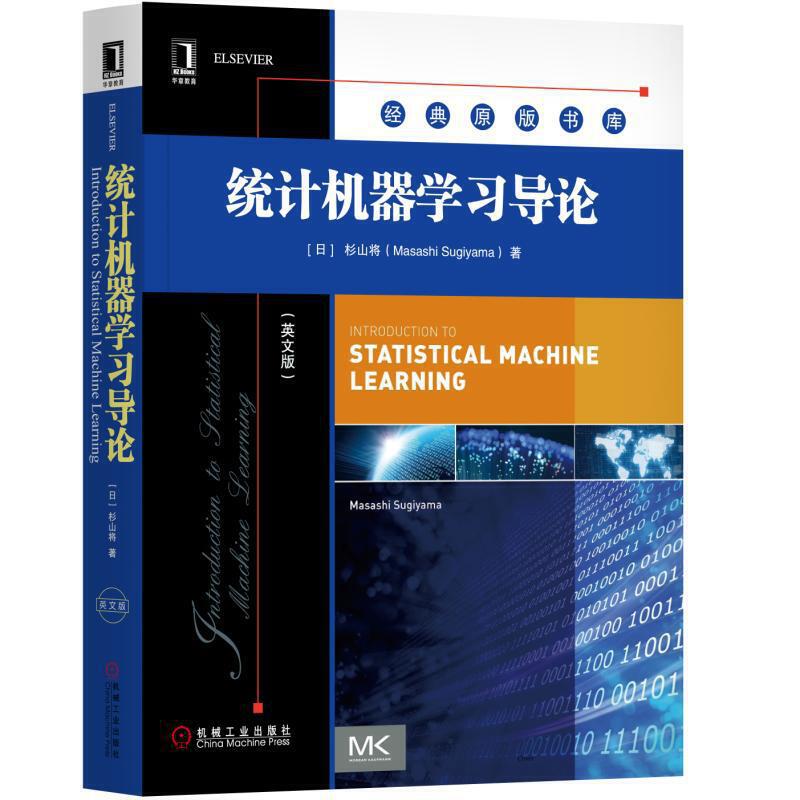离散数学及其应用(第3版)(影印版) / 海外优秀数学教材
作者: Susanna S.Epp
出版时间:2005年3月
出版社:高等教育出版社
- 高等教育出版社
- 9787040162301
- 3版
- 85473
- 0045151087-9
- 异16开
- 2005年3月
- 650
- 775
- O158
- 工学、理学
- 本科
本书可作为高等院校理工科专业学生作为离散数学双语教材使用,与其同类教材相比;本书有以下几个突出的特点:1.着重逻辑推理;2.以螺旋前进的方式介绍并运用概念,便于学生了解及进一步掌握;3.大量的图表便于学生直观理解;4.习题配置合理,书后给出了习题答案.5.有与本书配套的网络资源。
本书叙述详尽、语言表达流畅,适合于理工科各专业学生作为双语教材使用,也可供教师教学参考。
Chapter 1 The Logic of Compound Statements 1
1.1 LogicalForm and LogicalEquivalence 1
Statements;CompoundStatements;TruthValues;EvaluatingtheTruthofMo
re General Compound Statements;Logical Equivalence;Tautologies
and Contradictions;Summary ofLogical Equivalences
1.2 Conditional Statements 17
Logical Equivalences Involving→:Representation ofIf-Then
As Or;The Negadon of a Conditional Statement;The Contrapositive
of a Conditional Statement;The Converse and Inverse of a
Conditional Statement;Only If and the Biconditional;Necessary and
Sufficient Conditions;Remarks
l. 3 Valid andInvalid Arguments 29
Modus Ponens and Modus Tollens;Additional Valid Argument
Forms:Rules of
Inference;Fallacies;Contradictions and Valid
Arguments;Summary of Rules of
Inference
1.4Application:Digital Logic Circuits 43
Black Boxesand Gates;The Input/Output for a Circuit;The
Boolean Expression Cor-
responding to a Circuit;The Circuit Corresponding to a
Boolean Expression;Finding
a CircuitThatCorresponds to a
GivenInput/OutputTable;Simplifying Combinational
Circuits;NAND and NOR Gares
1.5 Application:Number Systems and Circuits for Addition
57
Binary Representation of Numbers;Binary Addition and
Subtraction;Circuits for
Computer Addition;Two"s Complements and the Computer
Representation of Neg-
ativeIntegers;8-Bit Representation of a
Number;ComputerAddition with Negative
Integers;Hexadecimal Notation
Chapter 2 The Logic of Quantified Statements 75
2.1 Introduction to Predicates and Quantified Statements /
75
The Universal Quantifier:V:The Existential Quantifier:ョ
:Formal Versus Informal
Language;Universal Conditional Statements;Equivalent
Forms ofthe Universal and
Existential Statements;Implicit Quantification;Tarski"s
World
2.2 Introduction to Predicates and Quantified Statements II 88
Negations of Quantified Statements;Negations of Universal
Conditional Statements;The Relation among V,ョ,∧,and V;Vacuous
Truth of Universal Statements;Variants
0f Universal Conditional Statements;Necessal-y and
Sufficient Conditions,Only If
2.3 Statements Containing Multiple Quantifiers 97
Translating from Informal to Formal Language;Ambiguous
Language;Negations of Multiply.Quantified Statements;Older of
Quantifiers;Formal Logical Notation;Prolog
2. 4 Arguments with Quantified Statements 111
Universal MOdus Ponens;Use of Universal Modus Ponens in a
Proof;Universal Modus Tollens;proving Validity of Arguments with
Quantified Statements;Using Diagramsto
Test for Validity;Creating Additional Forms of Argument;Remark on
the Converse and Inverse Errors
Chapter 3 Elementary Number Theoryand Methods ofProof 125
3.1 Direct Proofand Counterexample h Introduction 126
Definitions;Provlag Existential Statements;Disproving
Universal Statements by
Counterexample;Proving Universal Statements;Directions
for Writing Proofs of
Universal Statements;Common Mistakes;Getting Proofs
Started;Showing That an
Existential Statement Is False;Conjecture,Proof,and
Disproof
3.2 Direct Proofand Counterexample II Rational Numbers 141
More on Generalizing from the Generic Particular;Proving
Properties of Rational
Numbers;Deriving New Mathematics from Old
3.3 Direct Proof and Counterexample IIh Divisibility 148
Pmving Properties of Divisibility;Counterexamples and
Divisibility;The Unique
Factorization Theorem
3.4 Direct Proof and Counterexample IV: Division into Cases
and the Quotient-Remainder Theorem 156
Discussion of the Quorient.Remainder Theorem and Examples
;d/v and mod;Alter-
native Representations of Integers and Applications to
Number Theory
3.5 Direct Proofand Counte












